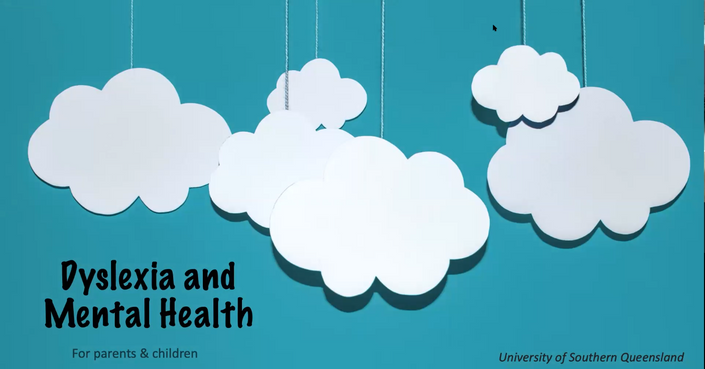

The everyday interactions that children with dyslexia and their parents have with schooling can be extremely stressful. Consistently negative experiences with tasks such as completing schoolwork and having parent teaching interviews can leave individuals struggling with anxiety and/or depression. This workshop will help participants to firstly identify signs of anxiety or depression within themselves and their children. This is particularly important as acknowledging mental health concerns can be the first step in addressing them. Included in this presentation will be strategies for teaching your child to manage their anxiety and tips for parent self-care during the difficult schooling years.
